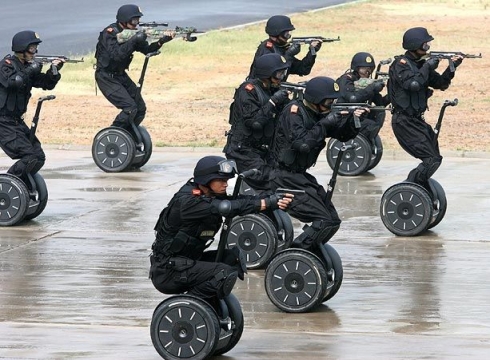So one of our planes had a bird strike a couple months ago on takeoff. It was a non event, just on the leading edge, but the pilot did the right thing, reported the bird strike, and landed the plane for inspection.
Anyway we got a call today from the "FAA Bird Strike Team"
My mind is blown right now and still trying to wrap my head around why we are paying for a bird strike team?
Birds fly, planes fly, they hit every once in a while.
No one has ever heard of this? They collect data/make the reports of bird strike incidents, maintain the data base, recommend procedures and work with the USDA. They also collect the data for other animal issues that are reported. The Air Force also has such a team (don't remember what they care called) and they coordinate with the FAA, perform research, techniques to manage bird populations at airports and produce various studies. There are even a couple of labs that process the remains of fowl involved in strikes.
From their site "More than 9,000 birds are reported struck annually by planes in the U.S., a figure that is rising every year. But because pilots don't have to report inconsequential bird strikes, the actual number is likely twice that.
The FAA has identified 482 bird species that were hit in the U.S. from 1990 through 2012. Airplanes run into loons, starlings, grebes, pelicans, cormorants, herons, storks, egrets, swans, ducks, vultures, hawks, eagles, cranes, sandpipers, gulls, pigeons, cuckoos, owls, turkeys, blackbirds, crows, chickadees, woodpeckers, hummingbirds, mockingbirds, parrots, bats—as well as various kinds of geese." (Animals, such as deer, struck on the ground during takeoffs and landings also make up a meaningful portion of kills.)
How many of the collisions force pilots to land prematurely? The FAA says the rate over the past 23 years has been one a day.
Latest figures are that bird strikes cost the airline industry more than $700 million every year.

